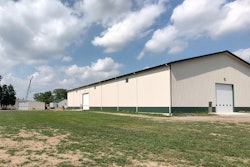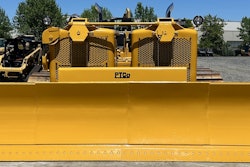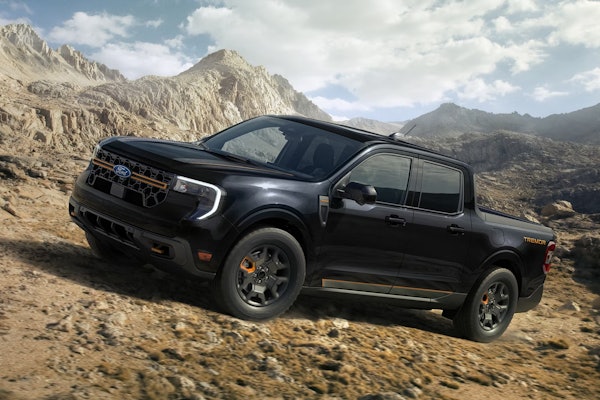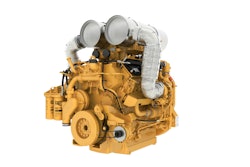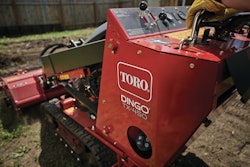Antique crawler tractors from Holt, Best and Caterpillar were on display and in action at the Historical Construction Equipment Association’s 39th annual International Convention and Old Equipment Exposition, showing a veritable timeline of the company’s predecessors and earliest machines.
The event September 18-20 paid tribute to Caterpillar’s 100th anniversary underway this year, with individual collectors and the National Construction Equipment Museum bringing out their notable historical pieces. Our video above captures some of the highlights of the Holt, Best and Cat tractors at the show.
Caterpillar was formed in 1925 by the merger of C.L. Best Tractor Company and Holt Manufacturing Company, both of which produced crawler tractors and were fierce competitors.
Caterpillar Through the Ages: 1917-1979
Here’s a look in chronological order of the tractors in the video above: (You can also click on the time stamp to go directly to each machine in the video.)
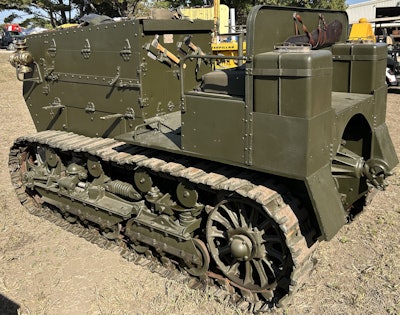
The Holt Manufacturing Company’s 5-Ton tractor was converted for military use in World War I to be used for towing Howitzers by the U.S. Army and its Allies. It was developed by Benjamin Holt in 1904. The tractor got the nickname “caterpillar” because of its revolving tracks.

The Army ordered 11,500 Holt 5-Ton tractors for the war, an amount larger than Holt Manufacturing of Peoria, Illinois, could handle on its own. Maxwell Motor Car Co. of Detroit was among the manufacturers also producing the militarized 5-Ton to meet supply, as was the case for this tractor.
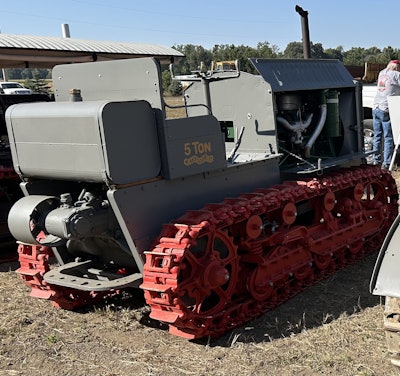
After military service, the Holt 5-Ton became a popular machine for pulling graders to build roads across the country. It was also deployed for heavy lifting jobs.

The C.L. Best Tractor Company produced Tracklayer tractors and competed with Holt Manufacturing. Best had been an employee of Benjamin Holt and went out on his own. The Best 30 Tracklayer, at 30 belt horsepower, continued with the merged company as the Caterpillar Thirty.
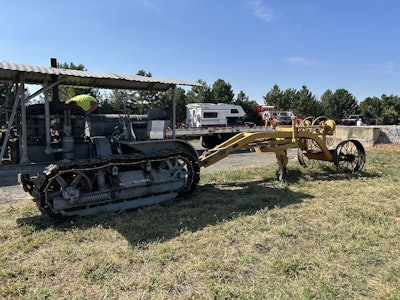
The Caterpillar Sixty was also a continuation of a Best machine, the popular 60 Tracklayer. Renamed the Caterpillar Model Sixty Track-Type Tractor after the 1925 merger, its design is still a core element of Caterpillar’s dozers today. The Model Sixty was used to build many of the nation’s landmarks, including the Hoover Dam and the original Hollywood sign. It worked on every continent except Antarctica.
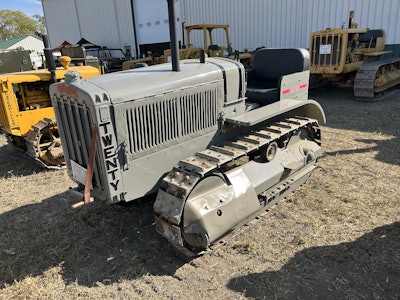
The Model Twenty was the first product designed and built by Caterpillar that was not a carryover from Holt or Best. It was first produced in 1927 in San Leandro, California, then began production in East Peoria, Illinois, a year later.

The Caterpillar Fifteen was built from 1929 to 1932. It has a 4-cylinder gas engine and delivers 21.8 drawbar horsepower.

Built from 1925 to 1938, the Caterpillar Thirty was another model from the merged company based on a Best tractor: the Best 30. It runs on a 30-drawbar-horsepower gasoline engine.

The Model Twenty-Two track-type tractor was manufactured at Caterpillar’s East Peoria plant from 1934 through 1939. It was a versatile machine for farming, logging, and road construction, for which it would pull graders and scrapers.
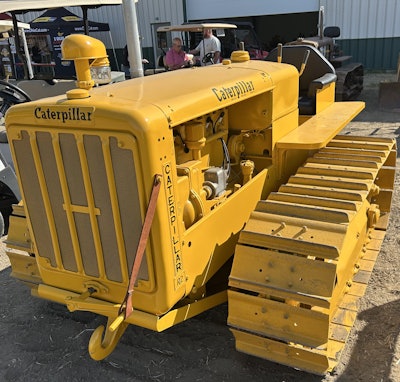
The Caterpillar R2 was produced from 1938 to 1942. It was the spark-ignition, gasoline-fueled version of the D2, which ran on a diesel engine. The R2 has a 25-drawbar-horsepower and weighs around 6,350 pounds.
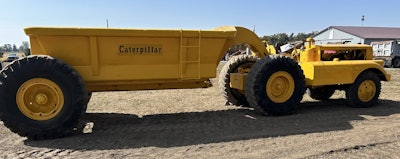
The Caterpillar DW10 wheeled tractor came out in 1941 with a 90-horsepower diesel engine. The tractor was often used to pull a scraper made by other manufacturers, as at the time, Caterpillar did not produce its own scrapers. Caterpillar, however, did manufacture a bottom dump wagon, as seen in this video. As the name implies, material loaded into the wagon was dumped from the bottom of the bed.

The D2 was once the smallest diesel crawler tractor produced by Caterpillar, starting with the J series from 1938 to 1947. It has a 28.8-drawbar-horsepower engine and weighs 6,850 pounds. The D2 model continues today, after many advancements over the years. The D1 has replaced it as the company’s smallest dozer.

Caterpillar introduced the RD4 in 1936, which two years later became the D4. The 1955 model runs on a diesel engine that is started with a gasoline pony motor.
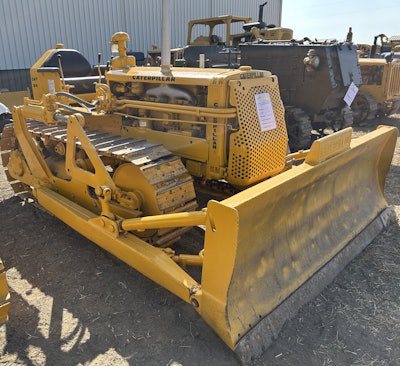
A 1958 Caterpillar D4 shows it can still move some dirt in this video.

Caterpillar introduced the 955 track loader in the mid-1950s. The 955K came out in 1966 with a 170-horsepower diesel engine. Today, Cat offers three models of track loaders: the 853, 963 and 973.
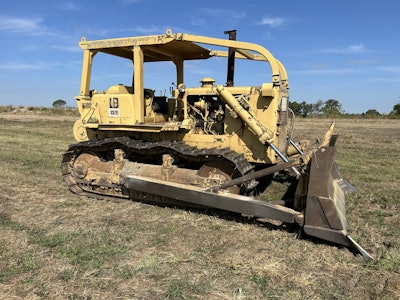
The D7 was first introduced in 1938, and over the years, it went through many upgrades, including the 180-horsepower D7F, which can be seen in this video moving some dirt. Caterpillar dropped the letters from its dozer model names, starting in 2020.

Caterpillar’s 613 self-elevating scraper first arrived in 1969 and went through five different iterations (denoted by a letter in the model name) until production stopped in 2010. Today, Caterpillar produces the 623 elevating tractor scraper.
Equipment World serves up weekly videos on the latest in construction equipment, work trucks and pickup trucks — everything contractors need to get their work done. Subscribe and visit us at equipmentworld.com!





